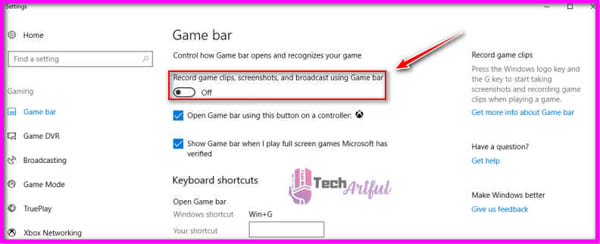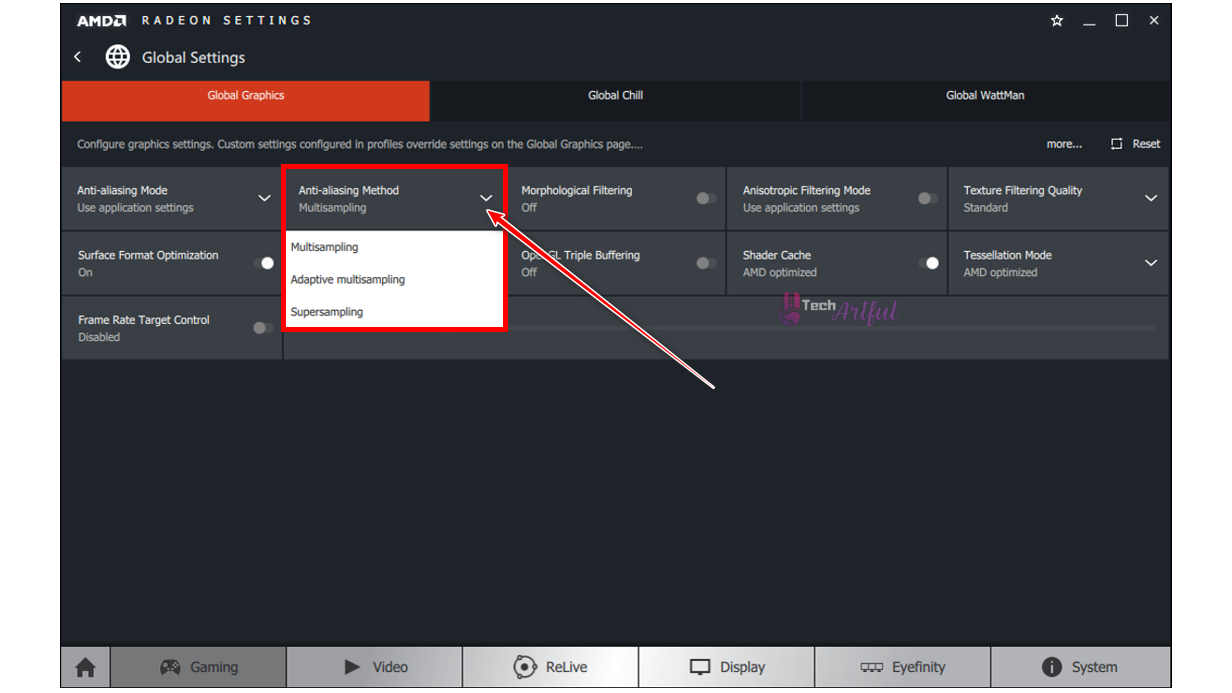Because Tales of Arise is a comparatively recent game, it may likely have some performance issues. However, suppose you are experiencing any form of stuttering or frame rate lag.
In that case, there are several other strategies that you may employ to alleviate these issues on your end as soon as they are identified and rectified.
You’ll learn about several techniques to improve your frame rate and overall performance in Tales of Arise throughout this session. You should consult the following information if you are experiencing performance difficulties (for example, low framerates, screen freezing for a limited period, or action slowing down), as it will assist you in pinpointing the underlying cause of the problem rectifying the situation.
Checking the game’s system requirements is a brilliant starting step. The following are the game’s minimal requirements:
- A 64-bit CPU and operating system are required.
- Operating System: Windows 10 (64-bit Only).
- Intel Core i5-2300 or AMD Ryzen 3 1200 processor.
- Memory: 8 GB of RAM
- GeForce GTX 760 or Radeon HD 7950 for graphics.
- Version 11 of DirectX.
- Storage: 45 GB of free space.
- Sound Card: A DirectX-compliant soundcard or an integrated chipset.
Enable Game Mode
- Click the window button on your keyboard or the bottom left corner of your Windows desktop.
- Find Game Mode Settings and click it.
- Open the Game Mode slider to stop stuttering in any game.
Disable Xbox Game Bar
- Select the Xbox Game Bar tab again on the left side of the screen.
- Disable this setting by clicking on the slider since it has been observed to affect game performance.
Turn On Fullscreen Mode
Almost all games allow you to select between various distinct play modes, including fullscreen, windowed, and borderless windowed modes. It is highly advised that you use fullscreen mode. They are pretty popular because applications and games launched in this mode have complete control over the output displayed on the computer’s screen. Therefore, while borderless windowed is more convenient, the game does not have the same level of display exclusivity in this mode. As a result, performance may be noticeably degraded in this mode, even more convenient.
Configure And Optimize NVIDIA Settings
An NVIDIA graphics card provided the card was made by NVIDIA, allowing you to customize your computer settings. To make these changes, it is required to make changes to your NVIDIA 3D settings, which can be found in the NVIDIA Control Panel. Remember to maintain your graphics card’s driver up to date as well! When you install the most simple graphics card driver upgrades, you might see a significant increase in the speed of your graphics card, which is very beneficial when gaming.
- Begin by activating the NVIDIA Control Panel and selecting the Manage 3D Settings option on the left-hand side of the first screen, which is located on the first screen’s left-hand side.
- When selecting global options, be sure that the changes will be applied to all of the games running on your computer. When using them to Tales of Arise, though, all you have to do is go to the Program List and search for the game in question. It is possible to travel to the game’s installation location and select its.exe file if you are unable to locate the game you are looking for within the list of currently available games using the explore button, which will take you to the game’s installation location and allow you to choose the.exe file for it.
- Once you’ve decided on your preferences for the game or the general settings, switch the power management mode to performance mode to maximize your performance. Therefore, you can be confident that your GPU is operating at peak performance levels.
- It is recommended that you disable the Image Sharpening setting. Post-processing will be turned off when this option is selected, which can use a large amount of the processing power available on your system.
- The Max Pre-Rendered Frames property may be used to increase the amount of pre-rendered frames by one by setting it to one. This will guarantee that your GPU is wholly focused on the structure that will be rendered immediately after the current frame has completed drawing it, rather than attempting to process the edge that will be generated after the current frame has done processing.
- The threading optimization and G-Sync functions on your display should be activated if your show can support these features.
- Selecting Single Display Performance Mode as the display mode should be the first choice to consider while configuring the display. It consolidates all of the resources onto a single show, which makes it potentially quite beneficial if you have a multi-monitor configuration.
- When it comes to the texture filtering quality, it is advised that you use the Performance Mode setting.
Configure AMD Graphics Card
If you have an AMD graphics card, you may customize its settings by utilizing the Radeon Control Panel application, which is available from AMD. You may get started by simply following the steps outlined below:
- To open the AMD Radeon Settings Control Panel, right-click on vacant desktop space.
- At this point, you may adjust the graphics card settings for your games by selecting Global Graphics from the drop-down menu that appears.
- Following installation, disable any proprietary post-processing settings that AMD has enabled by default once the system has been configured. For example, Radeon Anti-Lag, Radeon Chill, and Radeon Boost are all options that can be selected.
- Disable the function that waits for Vertical Refresh to occur (which will boost performance but can cause screen tearing).
- You may deactivate picture sharpening, anisotropic filtering, the maximum tessellation level, frame rate target control, and OpenGL triple buffering from the options menu.
- To optimize the surface format, select Surface Format Optimization from the drop-down menu.
- When selecting the GPU Workload, choose Graphics Mode for the best overall performance and efficiency.
- Select Performance Mode from the drop-down box under Texture Filtering Quality in the Texture Filtering Quality dialog box.
- For the best Tales of Arise experience, ensure that both Tessellation and Shader Cache are set to AMD Optimized mode on your computer.
Clean Device Junk
However, even if you have plenty of space on your storage device, those files might take up a large amount of space on your computer’s hard drive and cause it to function slowly (s). It is especially useful for people who have had Windows installed on their computer for a few months but have not adequately cleared up all of the junk from it. In addition, you may use numerous utility software, such as CCleaner, to clean up your computer; however, you should double-check that all of the rubbish files have been removed from your computer before proceeding. How to go about it is as follows:
- By hitting the Windows key and the R key simultaneously, you may type prefetch into the run box. Remove any unnecessary files (some files may not be deleted completely, but that is alright).
- To clear off any leftover rubbish, hit Win + R and type percent temp percent into the Run box on your computer’s desktop.
- As previously said, there may be specific apps that can take care of this for you; however, if you don’t have one or aren’t sure whether or not the software is genuinely eliminating the junk files, you may attempt the following:
- Disk cleaning may be accessed by typing the word disk cleaning into the Windows search box.
- By hitting the Open button, the software will be launched.
- Select all of the file categories available to you, and then click the OK button to confirm your selection.
Switch To SSD
SSDs are far faster than traditional hard drives, making them ideal for gaming on Windows 10. An SSD (solid-state drive) will not boost your game’s frame rate, but it will speed up your computer and reduce loading times. Select an SSD with at least 250 GB of storage capacity, which is more of a starting point. Many contemporary games are 50 GB in size, plus Windows takes up around 30 GB. That doesn’t include your other files. In reality, you’ll need at least 500 GB.
Upgrade Your RAM (If it’s insufficient)
RAM is the memory pool for all active processes on your computer. More RAM means more simultaneous tasks for your machine. Upgrade your computer’s RAM to make it more powerful and optimized for gaming. If you’re adding RAM, make sure the new modules work with the old ones. You can’t combine RAM kinds. If you’re changing all of your RAM, find out what your motherboard supports. Next, buy one or more identical RAM modules.
Following these instructions will surely help you fix the lagging and stuttering on Tales of arise, happy gaming!



